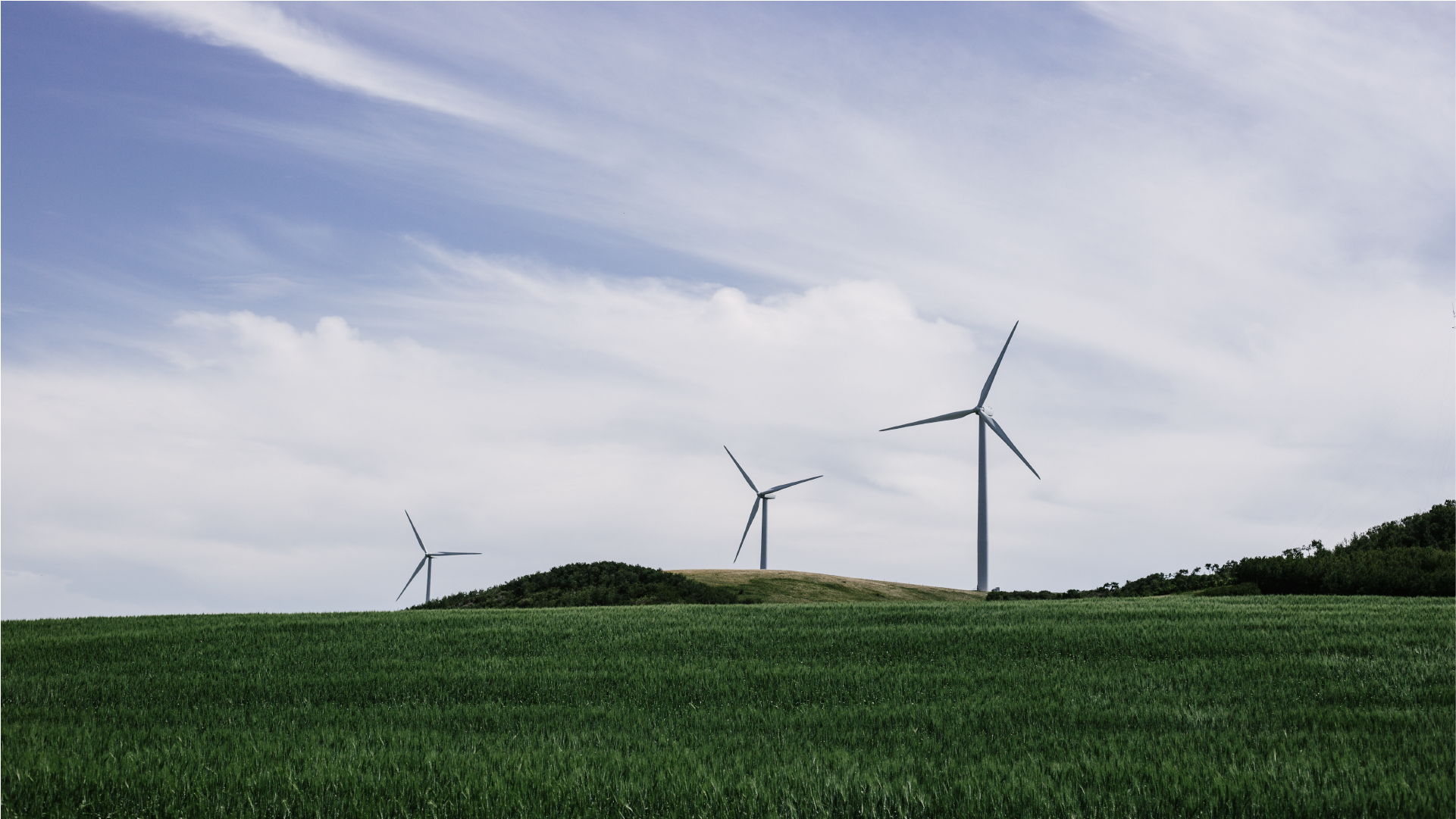
Creating a carbon positive world
Fifty one point eight BILLION tonnes of carbon…
That’s 51,800,000,000 TONNES of carbon…
This is the current annual carbon emissions for the globe and what we have to get to zero per year for ‘net-zero’. 51.8 billion of anything is a lot and we know that it will affect everything that we do daily in our lives. From the way we consume to the way we move.
If you are new to Terra Neutra and wondering what we are about then you’ve come to the right place. In this blog we are going to explore what we do here at Terra Neutra and why it’s so important for the future of the planet.
Our Mission: To create a carbon positive world

Why carbon positive?
The term ‘carbon neutral’ is used a lot. This is where we look at our emissions and then create ways to offset those emissions bringing us to neutral. It’s not that the things we do don’t create carbon but overall what we take down from the atmosphere is the same as what we create.
This is a great achievement but it’s not a particularly exciting goal!
What if we created a goal of reducing the amount of CO2 in the atmosphere by creating a scenario where we actually output less emissions than we take down. So that overall number of 51.8 billion comes down to 51.79 billion…
Ok it’s not a lot but it is a start and makes it easier the next year for everyone else.
So what if every country was carbon positive, suddenly that 51.8 billion would be 100 million and we would have to work a lot less in order to achieve our goal of net-zero by 2050.

How do you know if you are neutral, positive or negative?
Before you can know how to reduce your impact from your carbon emissions you have to know what they are.
This is where you can use services (cough like Terra Neutra cough) to help you figure that out. There are several ways you can break down your Carbon Footprint. You can look at individual activities or you can look at your activities over a whole year.
You can use a calculator and enter things like how much you travelled using your car or train or plane as well as your energy bills to figure out how much your personal Carbon Footprint is.
The average footprint for a person in the UK is 8.34 tonnes per year.
To be Carbon Neutral you would offset 8.34 tonnes.
To be Carbon Positive you would offset something like 10 tonnes.

What is offsetting?
Let’s start this by saying while we are offering offsets, we absolutely recognise that this is not a solution for the long term issue of getting to Carbon Positive. Certainly not for businesses or governments.
What offsetting means is that somewhere on the planet someone is creating ways of reducing CO2 in the atmosphere and you are buying some of that reduction.
Think of tree planting, we know how much CO2 a tree will absorb in a year and by planting the equivalent amount of trees in that year to how much CO2 you created, you are carbon neutral.
Tree planting is the obvious one but it’s certainly not the only kind of offsetting there is.
Here are some of our carbon projects:
We are incredibly proud of the projects we work with. They are Gold Standard or Carbon Verified which means that they are checked and measured by reputable organisations.
The first project is the Low smoke cookstoves project in Sudan. This award-winning cleaner cookstoves offsetting project is the first registered carbon credit project in Sudan and the first to be developed in a conflict zone. It is reducing emissions whilst helping families to breathe cleaner indoor air.
The second project is Peatland Conservation & Restoration in Katinga, Indonesia. Indonesian Borneo, known as Kalimantan, has 5.7 million hectares of peatland and it is rapidly being lost to the expansion of industrial plantations. The clearing, draining and burning of peatland is estimated to contribute 18-20% of Indonesian’s greenhouse gas emissions by 2020.
This project works to protect 149,800 hectares of peatland and provide a more sustainable source of income to local communities.
And finally, our third project, Rainforest Conservation in Cambodia. This Forest REDD+ conservation project prevents deforestation of a unique and biodiverse region which is the habitat of many native species.

Why should you care about being carbon positive?
The world is getting hotter.
July was in fact the hottest month ever. The National Oceanic and Atmospheric Administration announced that July was the hottest month on record, with global temperatures averaging 62.13 degrees, which is 1.71 degrees above the 20th century average.
This is causing catastrophic weather events leading to displacement and death. Last year the governments from across the world shared a piece of research that showed what the world would be like if we didn’t limit this warmth to 1.5 degrees above industrial levels.
The world looked like a grim place:
- Extreme temperatures hot and cold
- Droughts across the globe
- Extreme rain leading to flooding
- Increased biodiversity loss
- Rainforests and deserts changing places across the planet
- Sea level rising
- No coral reefs
- Fish dying
- Less sea ice to support global cooling
- Food security becoming an issue across the whole planet
- Increase in deaths from Vector-Borne diseases
All of this a possible reality in our lifetimes.
The most effective way to protect our planet from these incredible dangers is to reduce the amount of CO2 in the atmosphere. Starting with how much extra we are putting in right now and then looking at ways to bring down the overall number.
This is why Carbon Positive is so important. It’s not about limiting the damage we are doing right now but it is about undoing some of the damage we have already done.
A Carbon Positive world is lush with green forests and blue seas. A Carbon Positive world is vibrant with wild animals. A Carbon Positive world is a better world for everyone that calls this planet Earth home.
Also in Fighting Talk

It's Volunteers Week

Our Sustainability

